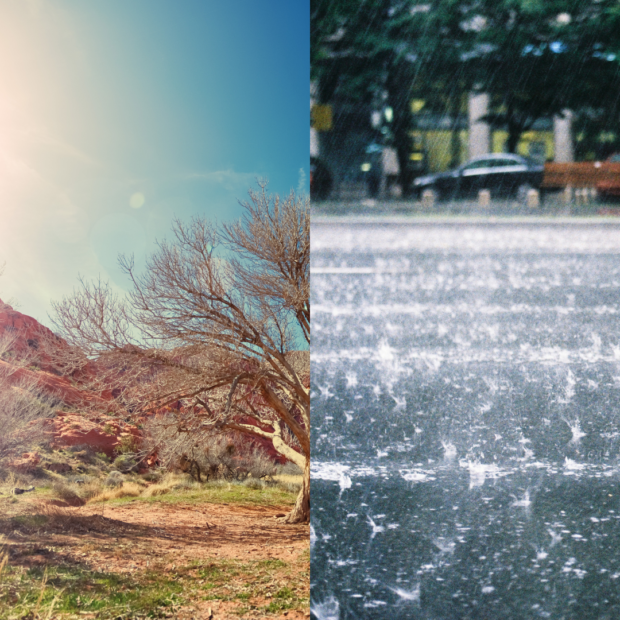As global climate patterns continue to evolve, the impacts of El Niño and La Niña have become increasingly significant for communities worldwide; in the Philippines, where these phenomena often bring extreme weather conditions, understanding how to prepare and conserve resources is crucial for ensuring the safety and well-being of families. From droughts and heatwaves during El Niño to heavy rains and flooding during La Niña, proactive measures can mitigate risks and enhance resilience. Here’s a comprehensive guide on keeping yourself and your loved ones safe while contributing to environmental conservation.
Understanding El Niño and La Niña
El Niño and La Niña are phases of the El Niño-Southern Oscillation (ENSO), a natural climate phenomenon characterized by fluctuations in sea surface temperatures in the Pacific Ocean. These phases influence global weather patterns and can lead to extreme weather events in various regions, including the Philippines.
– El Niño: Typically associated with warmer-than-average sea surface temperatures in the central and eastern Pacific, El Niño can result in reduced rainfall and higher temperatures in Southeast Asia, including the Philippines. This often leads to drought conditions, increased risk of wildfires, and water shortages.
– La Niña: In contrast, La Niña is marked by cooler-than-average sea surface temperatures in the central and eastern Pacific. This phase tends to bring above-average rainfall to Southeast Asia, increasing flooding, landslides, and waterborne diseases.
Safety Measures During El Niño and La Niña
1. Water Conservation: During El Niño, conservation is critical when water scarcity is a concern. Implement water-saving practices such as fixing leaks promptly, using water-efficient appliances, and practicing responsible water use at home and in gardens. Collect rainwater during La Niña for non-potable uses to reduce demand on treated water supplies.
2. Heatwave Preparedness: El Niño can bring prolonged periods of intense heat. Stay calm and hydrated by wearing light clothing, staying indoors during peak sun hours, and using fans or air conditioning efficiently. Check on vulnerable family members and neighbors, especially the elderly and young children.
3. Fire Safety: Increased dryness during El Niño increases the risk of wildfires. Avoid outdoor burning, properly dispose of cigarette butts, and follow local fire safety guidelines. Maintain defensible space around homes by clearing flammable vegetation and debris.
4. Flood Preparedness: During La Niña, prepare for potential flooding by monitoring weather forecasts and river levels. Emergency supplies, including food, water, medications, and important documents, are ready. Develop a family emergency plan and know evacuation routes to safer areas if needed.
5. Health Protection: El Niño and La Niña can impact public health. Prevent waterborne diseases during La Niña by ensuring safe drinking water and proper sanitation practices. Protect against heat-related illnesses during El Niño by staying hydrated, avoiding strenuous activities in the heat, and recognizing symptoms of heat exhaustion.
Environmental Conservation
1. Energy Efficiency: Reduce energy consumption during both phases by using energy-efficient appliances, turning off unused lights and electronics, and maximizing natural lighting and ventilation.
2. Sustainable Practices: Adopt sustainable habits such as reducing, reusing, and recycling to minimize waste generation. Compost organic waste and support local initiatives for environmental protection and restoration.
3. Green Landscaping: Maintain gardens with drought-resistant plants and utilize mulch to retain soil moisture during El Niño. Plant trees and native species to improve soil stability and water retention, benefiting from increased rainfall during La Niña.
Community Resilience
Building community resilience is essential in facing the challenges posed by El Niño and La Niña. Stay informed through reliable sources, participate in local disaster preparedness programs, and support community efforts for climate adaptation and mitigation.
By understanding these climate phenomena and taking proactive measures, Filipino families can safeguard their homes, conserve resources, and contribute to environmental sustainability. Together, we can navigate the complexities of El Niño and La Niña while promoting resilience and protecting our shared environment for future generations.


